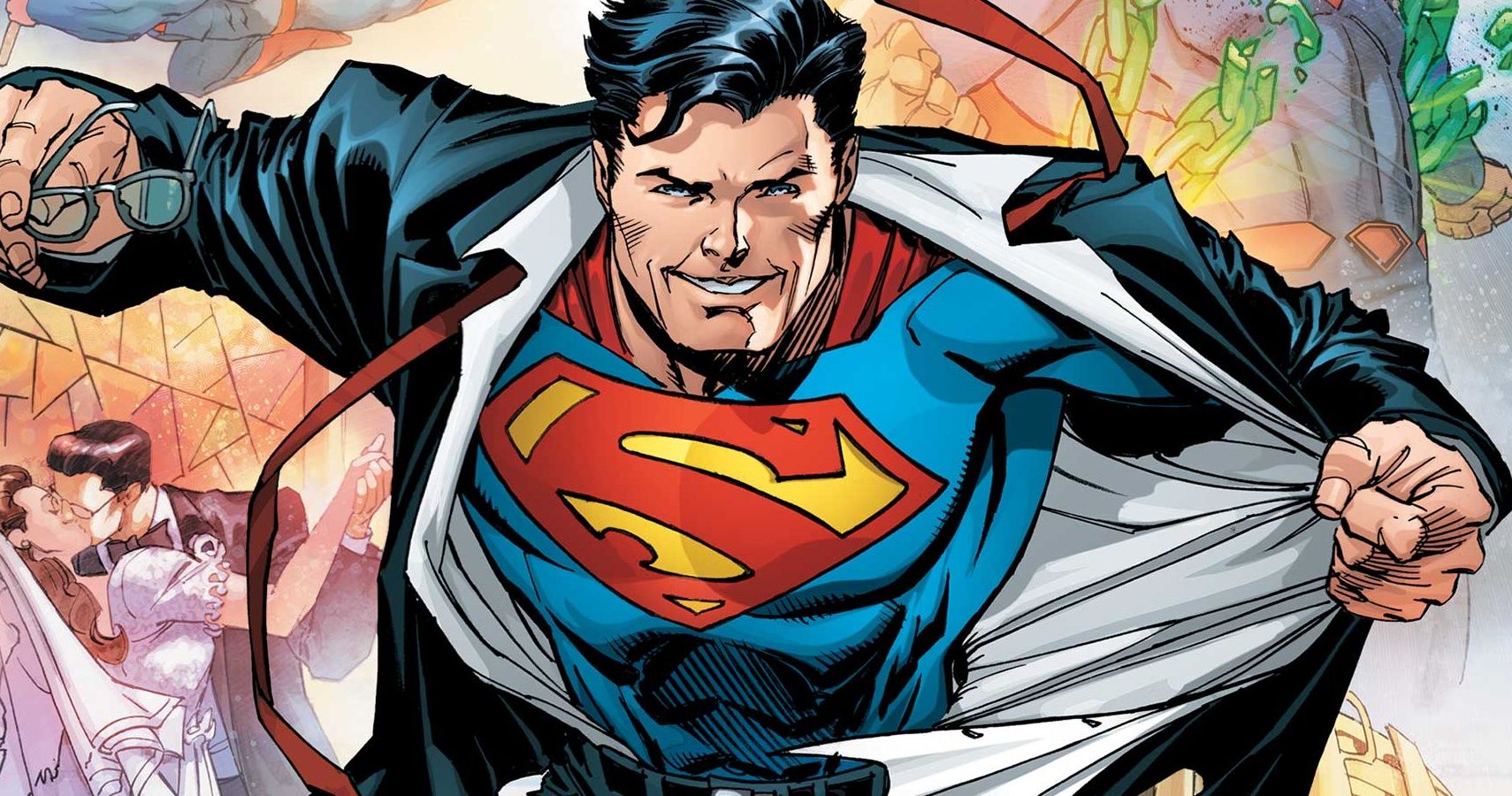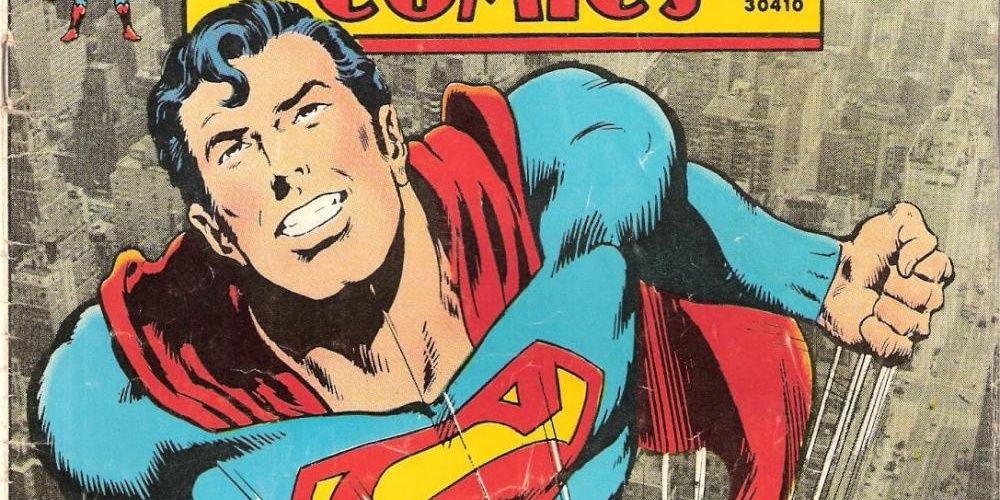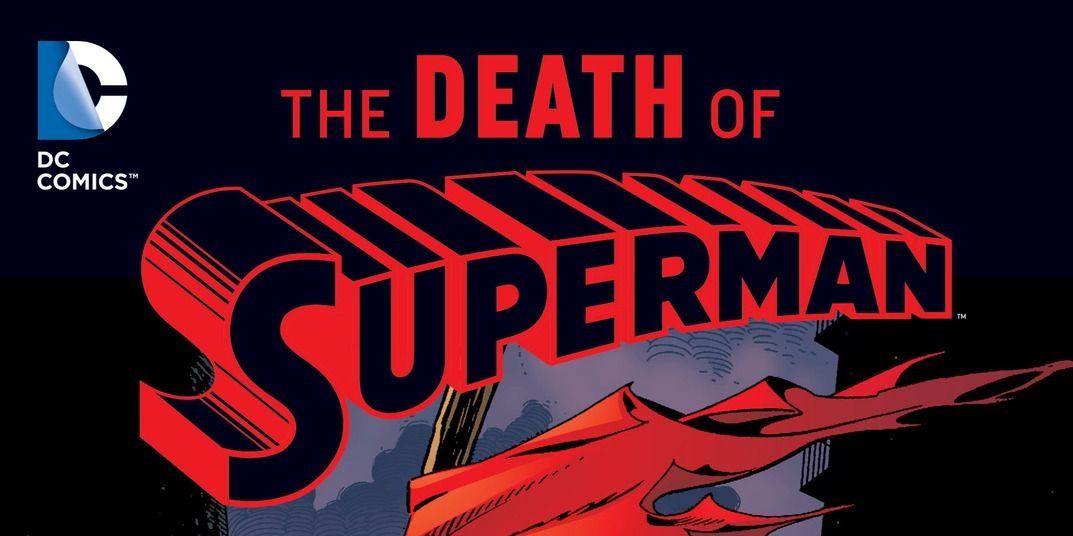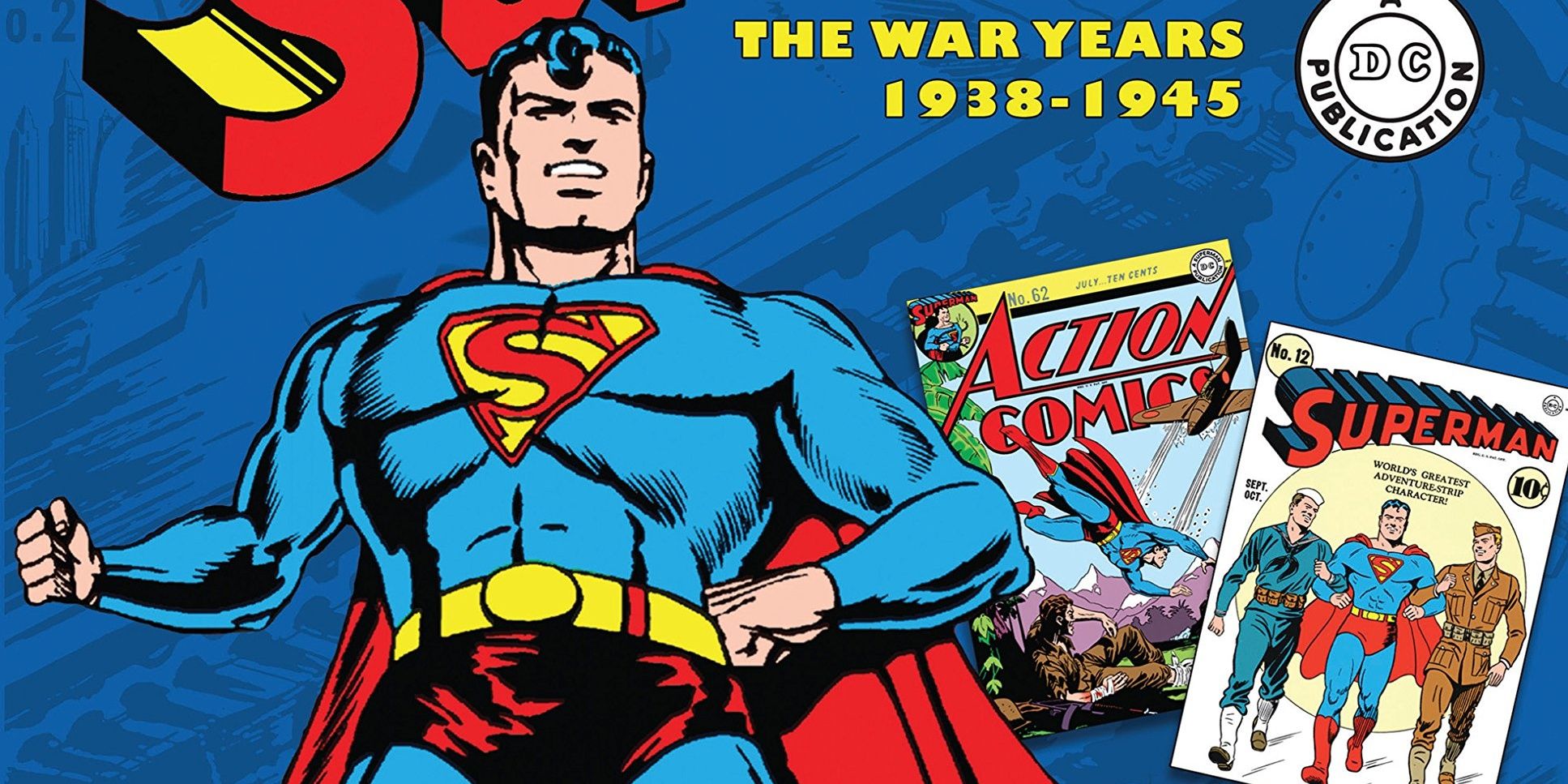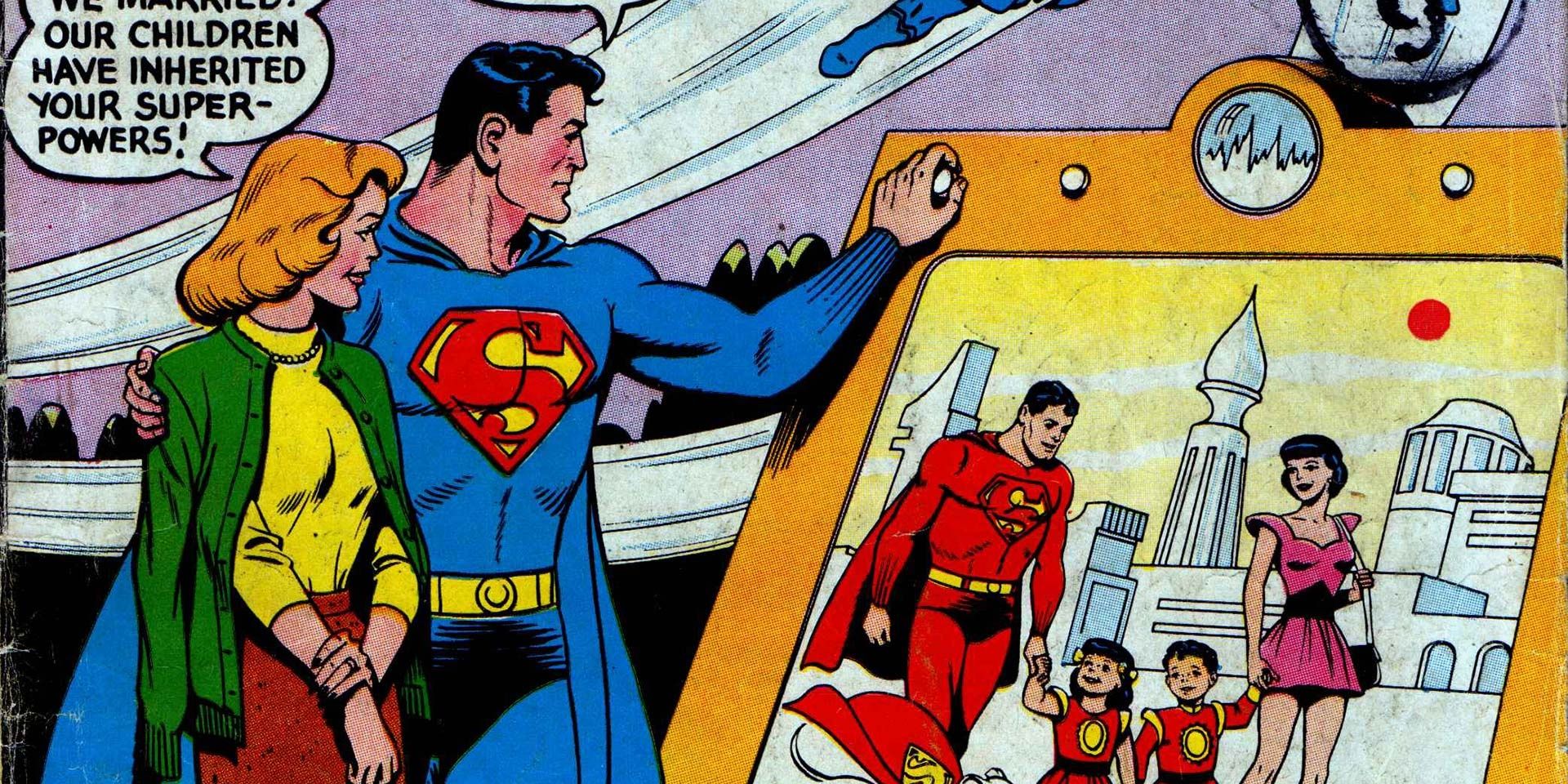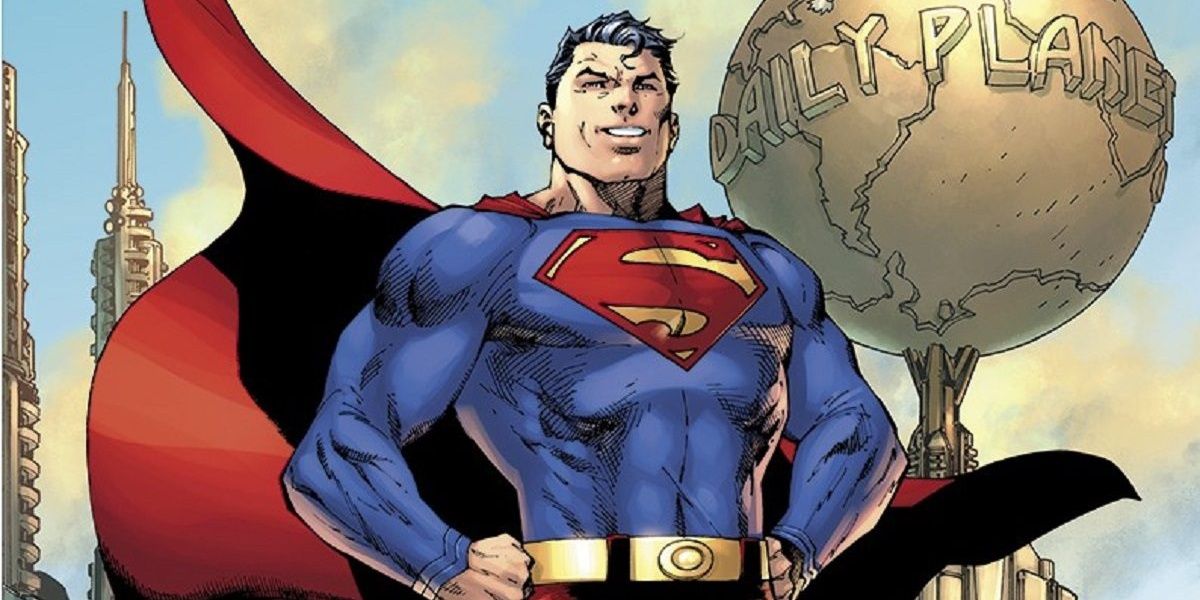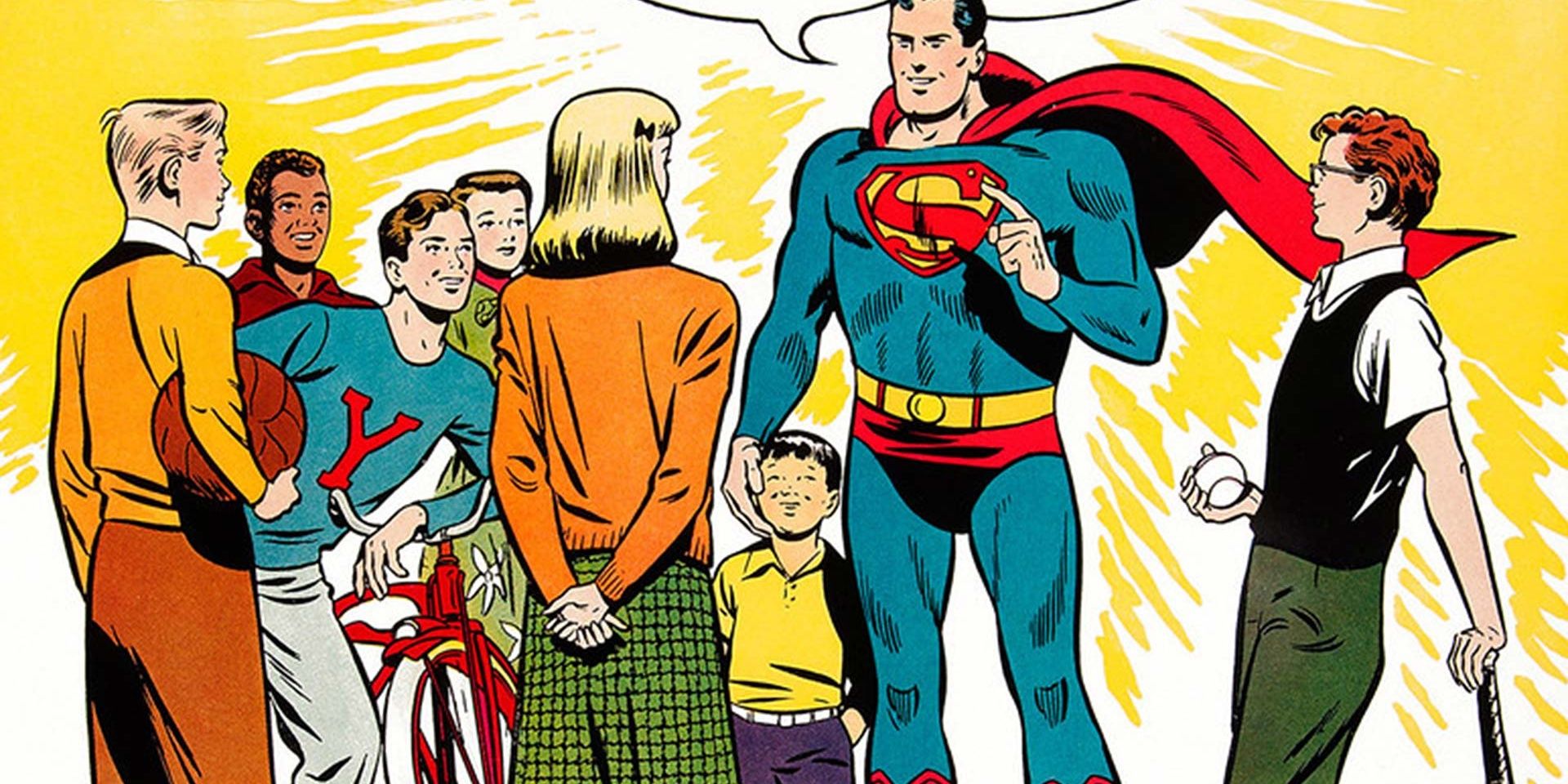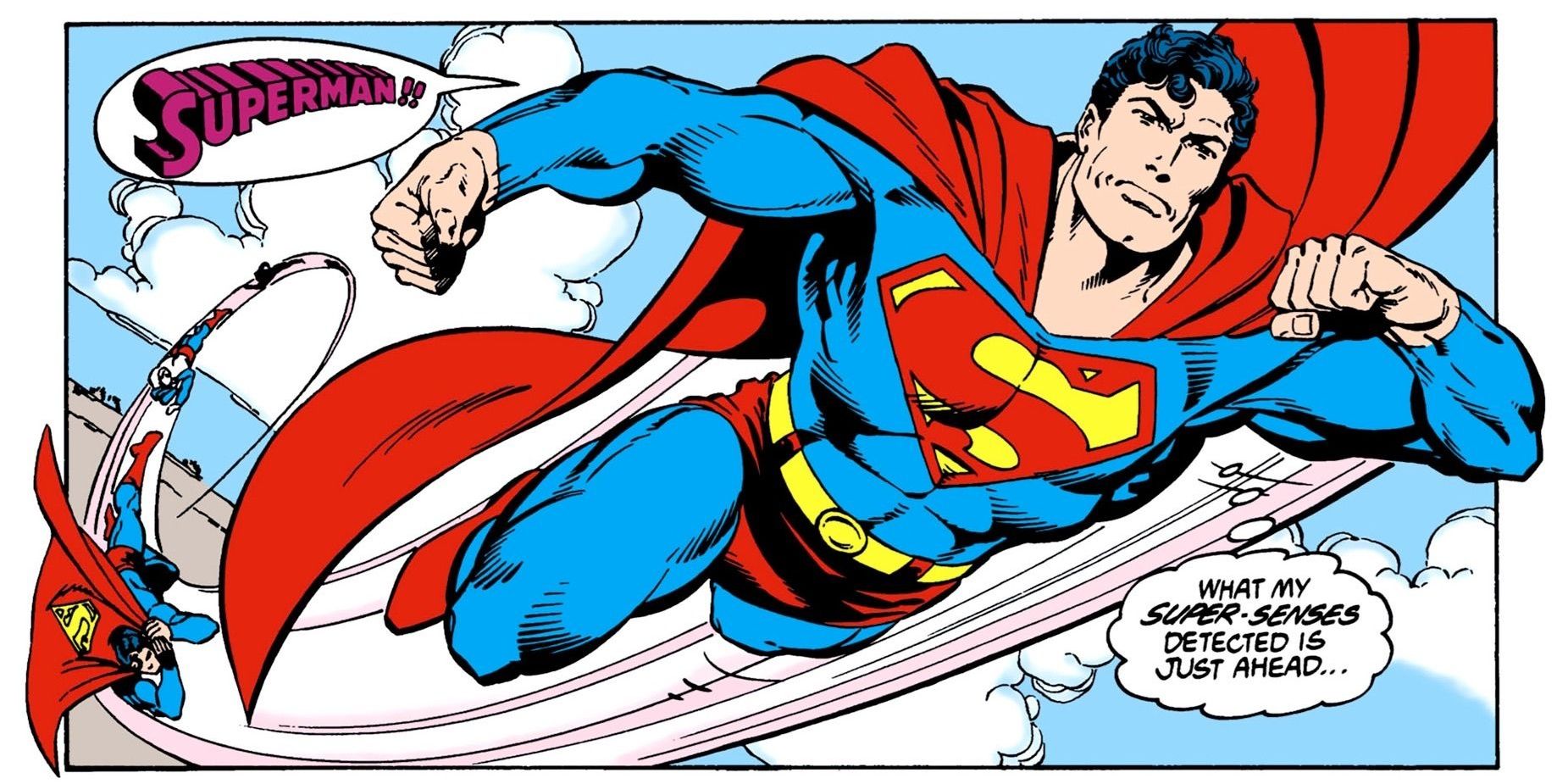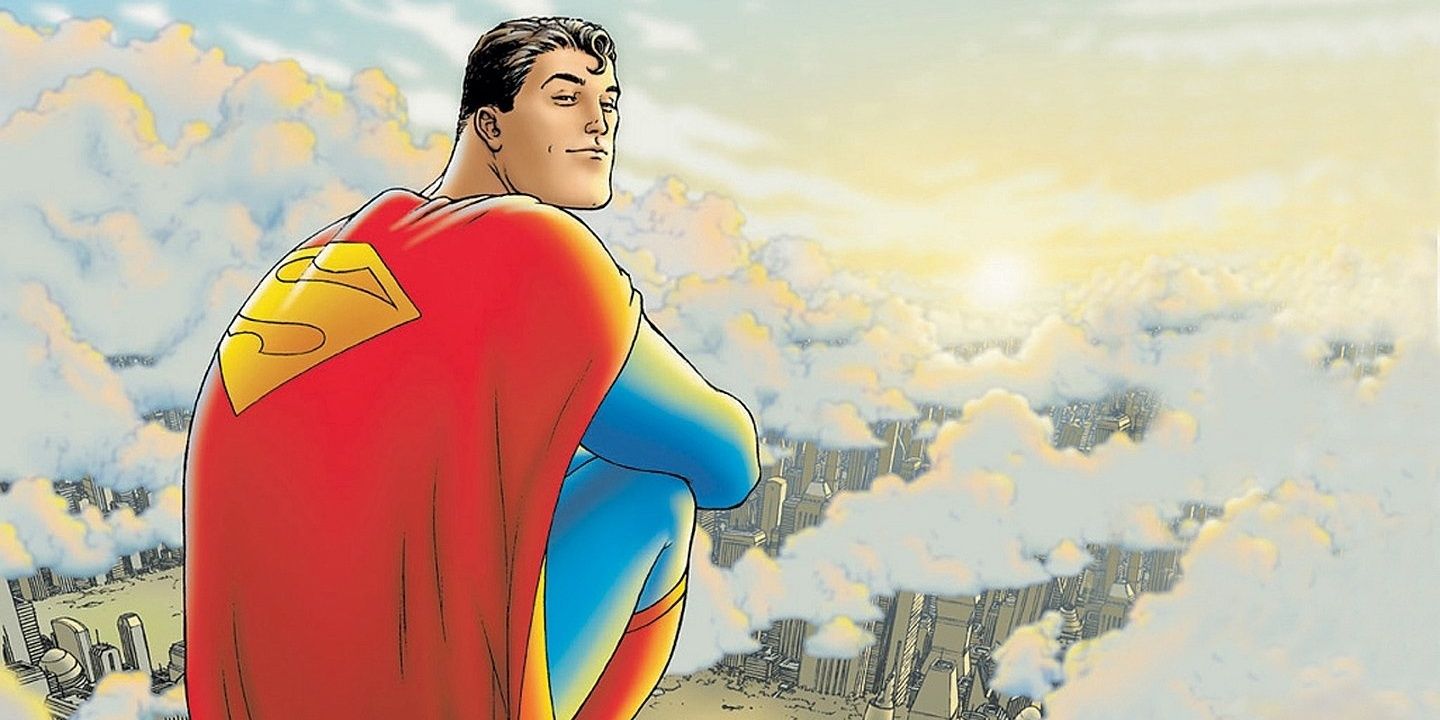Way back in June 1938, something new came to the world- the superhero. This first superhero was none other than Superman, the Man Of Steel. The brainchild of Jerry Siegel and Joe Shuster, Superman quickly took his place in the popular culture and has been firmly enmeshed there ever since. Be it in comics, in movies, on TV, or in video games, Superman is a big part of the American subconscious.
His comics, in the past, were some of the biggest selling ones of all, but their quality has varied wildly over the years. This list is going to definitively rank each decade of Superman comics, from worst to best.
8 The 70s
The 70s were a strange time for DC. Marvel had come into the picture a decade before and had taken the place of number one publisher and moved comics in a more grounded direction. DC had stayed the crazy course throughout the 60s, but in the 70s tried to match Marvel.
When it comes right down to it, the Superman comics of the 70s are the least memorable. Darkseid and Intergang both debuted in the 70s, two enemies that would go on to bedevil the Man Of Steel but neither debuted in his comics, instead popping up in Superman's Pal Jimmy Olsen.
7 The 90s
The Superman comics of the 90s started off in a high note, as the "Death Of Superman" story and its follow-ups, "The Reign of the Supermen" and "Return of Superman" launched the character back into the public consciousness and his sales into the stratosphere. Steel and a new Superboy were introduced, characters who would go on to become big allies of the Man Of Steel, as well as villains like Doomsday and the Cyborg Superman.
However, the rest of the 90s were a mixed bag at best for Superman, as DC tried to replicate the success of those big stories that began the decade. They were never able to do so and the books suffered for it.
6 The 40s
The 40s were the first full decade of Superman's existence and many hallmarks of the character were codified. Lois Lane, Jimmy Olsen, Perry White, Lex Luthor, and more were introduced to audiences. Siegel and Shuster made the character a crusader for the common man before he was brought into WW2, becoming a jingoistic American hero.
He would join the Justice Society, the first superteam, and go on a variety of adventures throughout the decade. The only problem with this decade of comics is the way comics were in the 40s in general- a disposable medium, the writing and art of the stories weren't as polished as they would become.
5 The 60s
The 60s were the height of the Silver Age. DC embraced a flavor of sci-fi craziness that was unprecedented in the industry and Superman was the perfect place for the experimental zaniness of the era. Superman would go on to join the Justice League, the first superhero team from either of the Big 2 since the 40s.
While a lot of modern readers might look back on the Silver Age with derision, the stories were entertaining and a wonderful encapsulation of their era. Superman led the way for DC and even though the shadow of Marvel would loom over DC, the 60s were a fun time for the Man Of Steel.
4 The 2010s
The 2010s would see the end of post-Crisis continuity at DC and the controversial New 52 would start. In Action Comics, superstar scribe Grant Morrison would get a crack at reinventing Superman for the new continuity, joined by artists like Rags Morales and Andy Kubert. Unfortunately, Superman was riddled with creators leaving and other problems and once Morrison left Action Comics, quality of the books went down.
In 2016, DC Rebirth #1 hit, and things went the other way. Pete Tomasi and Patrick Gleason would take over Superman and Dan Jurgens would return to the character, writing Action Comics. They would bring the character to the forefront of DC again, introducing readers to the SuperSon, Jon Kent. After they left the books, Brian Michael Bendis would take over the book and while the books aren't as great as they were under Tomasi, Gleason, and Jurgens, they're still entertaining.
3 The 50s
The 50s were a contentious time for the comic industry. Wertham's Seduction Of The Innocent would cast much of the industry in a negative light and Superman would become embroiled in a sales battle with Captain Marvel, now known as Shazam, a character who was basically a modified version of Superman. Eventually, Otto Binder, the best writer from the Captain Marvel books, would go to DC once the lawsuit between DC and Fawcett (owners of Captain Marvel) was over.
Many bedrock concepts would come to Superman comics in the 50s. Supergirl would appear at the end of the decade, and the Legion of Superheroes would first appear, which Superboy would join. Villains like Bizarro, Brainiac, and Metallo would debut. The Silver Age would start in earnest in 50s and Superman was at the forefront of it.
2 The 80s
The 80s would change everything for DC, as they drastically changed their continuity with Crisis On Infinite Earths. Alan Moore would turn in two of the greatest Superman stories of all time, "For The Man Who Has Everything" and "Whatever Happened To The Man Of Tomorrow", the latter of which would be the last ever story of the pre-Crisis Superman.
Post-Crisis, John Byrne would come on and give Superman a newer, more contemporary origin, making seismic changes to the character. Gone were all the excess Kryptonians and Superman's time as Superbaby and Superboy. Supergirl was changed form a Kryptonian to an interdimensional shapeshifter. Lex Luthor went from a mad scientist to a deranged 80s business tycoon and scientist. Post-Crisis continuity would give readers a new Man Of Steel and some great stories.
1 The 2000s
Jeph Loeb and Joe Kelly took over Superman and Action Comics respectively, churning out some quality stories, the best of which would be Joe Kelly, Doug Mahnke, and Lee Bermejo's Action Comics #775, "What's So Funny About Truth, Justice, And The American Way", which pitted Superman against the Elite, a team made to poke fun at the new, more violent heroes of the time. It's an amazing story that proves the relevance of the Man Of Steel, regardless of the time he's in.
However, what really makes this the best era of Superman is one book- Grant Morrison and Frank Quitely's All-Star Superman. The greatest Superman told, it's a love letter to the character, fitting in elements from every era of Superman. Morrison presents Superman as modern-day myth and Quitely's art is the perfect compliment, as they recount the last days of the Man Of Steel. It's not only a must-read for fans of Superman, but comic fans in general and single-handedly makes the 2000s the best era of Superman comics.

